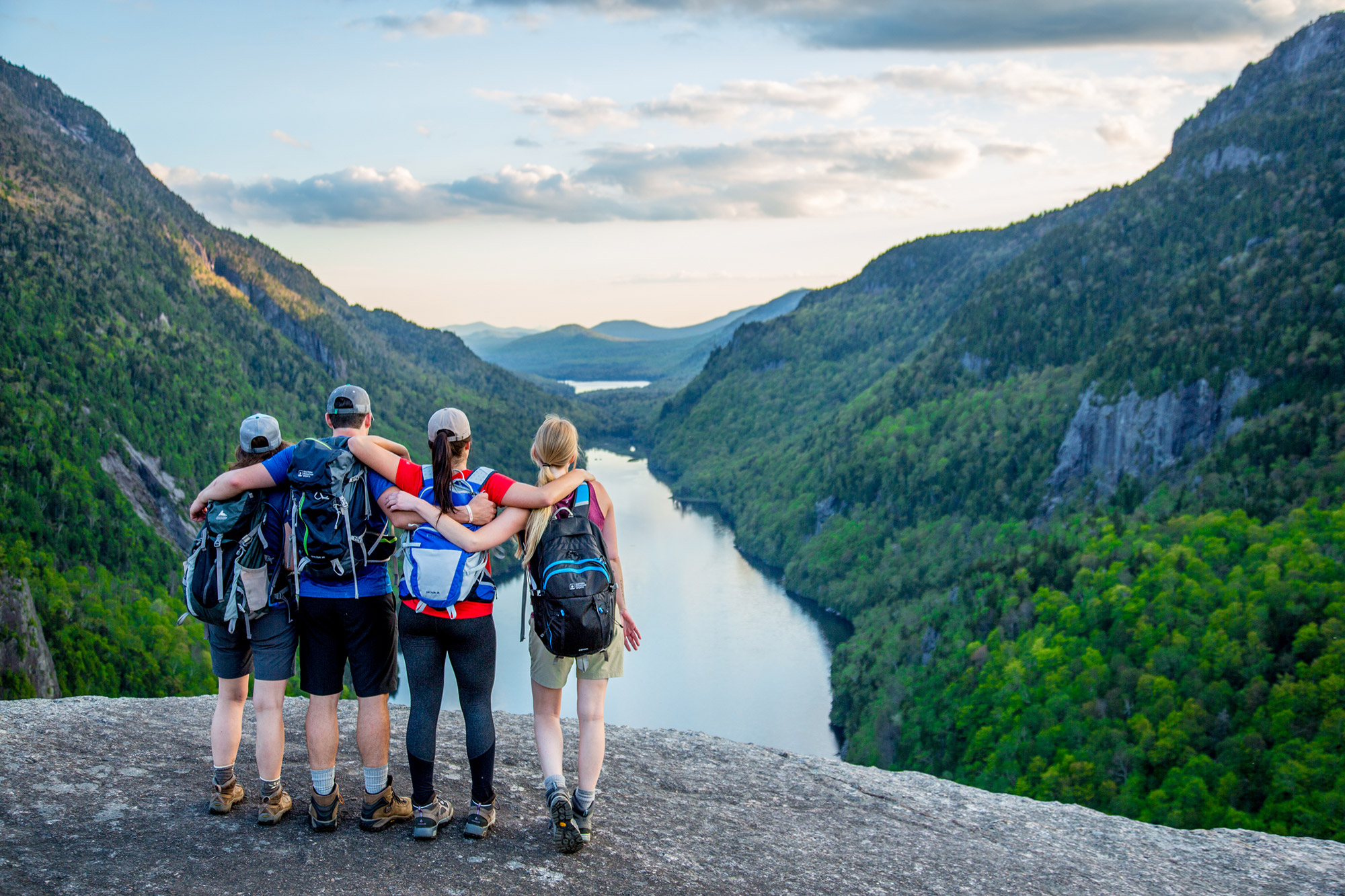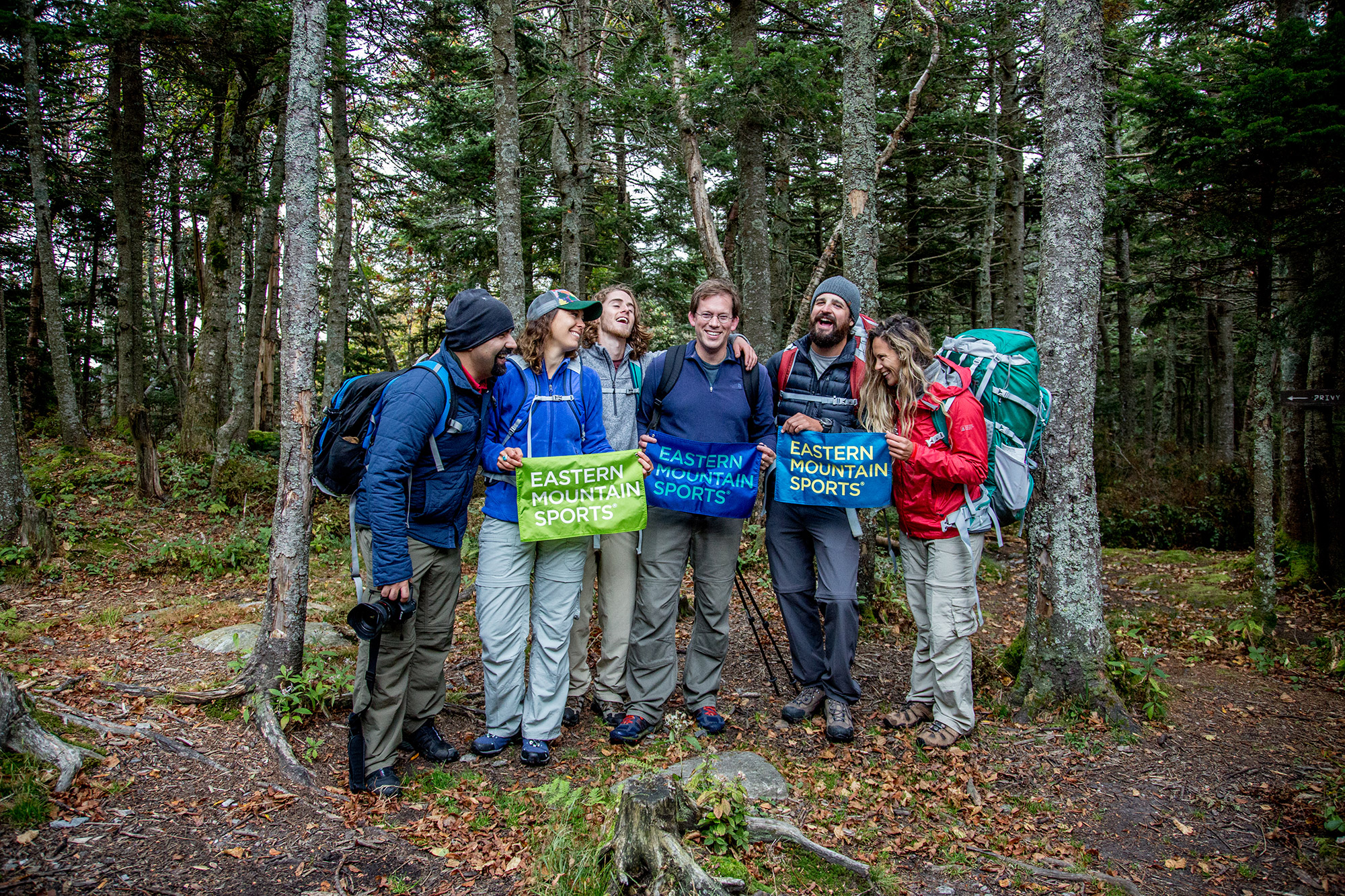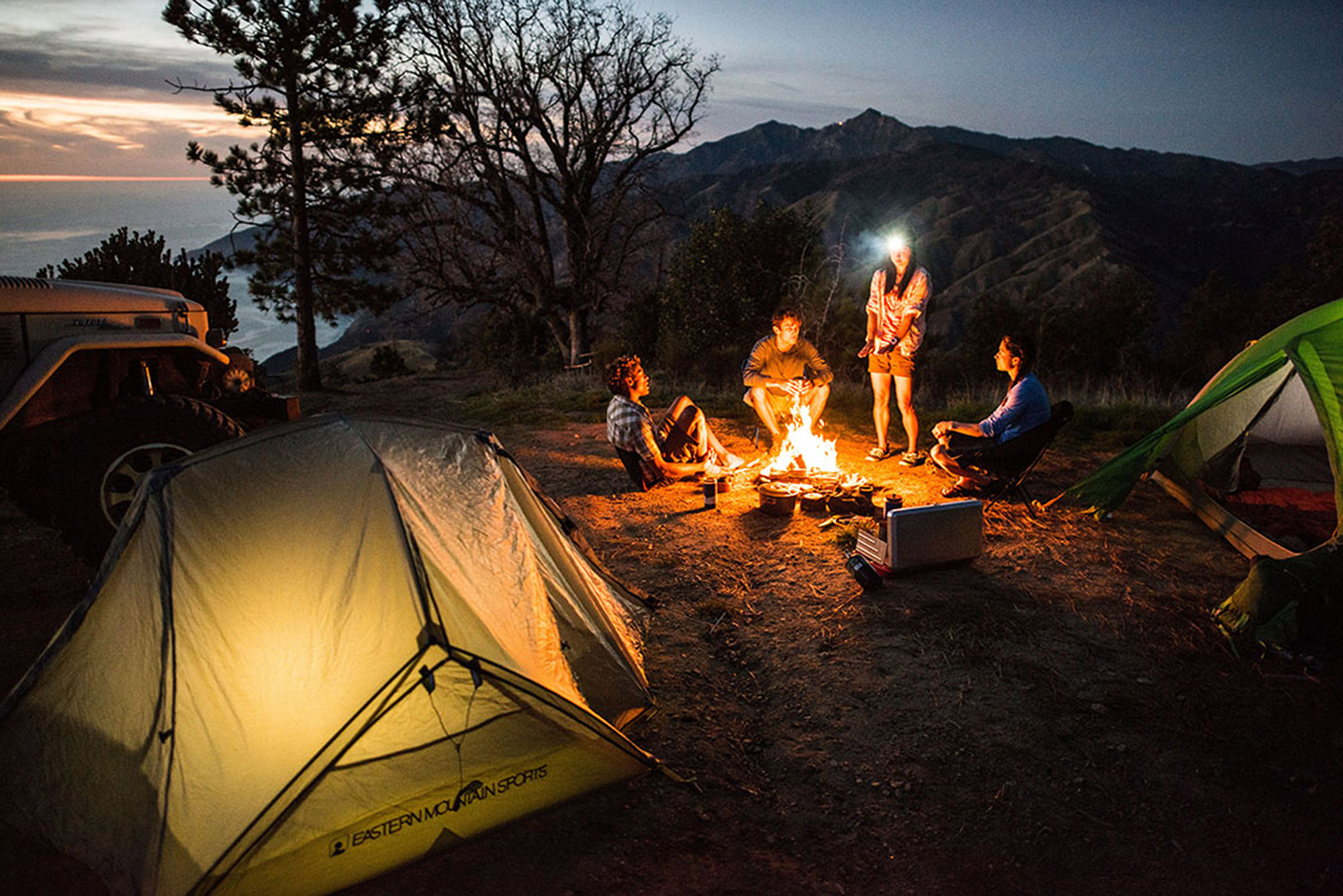So, you have a sweet trip idea, and a few buddies have said, “I’m in!” You’re ready to rock and roll—but wait! Ahead of time, it’s worth giving a little bit of thought to the team you’re going to be bringing along into the backcountry.
Group dynamics make or break a trip. When traveling as a party of two or more, co-planning and divvying up trail chores are both essential for success. Here are a few tips to ensure that everyone gets the most out of this shared experience.

1. Create a shared objective
Get everyone together ahead of time to check out the maps, talk through potential routes, and chat a little about your goals. Taking the time to do so will get everyone on the same page about logistics and the daily routine, setting you up for success from the get-go. Further, it allows each person to voice their goals and objectives, and opens the door to talking about safety and level of acceptable risk—essential conversations if you are heading into technical terrain. Are you trying to go fast and light? Are sunrise or alpine starts part of the program? How much mileage are you aiming for? How much cash is everyone expecting to spend on food, transportation, campsites or huts, and other expenses? Are there any behaviors that are totally off limits? To avoid some serious backcountry awkwardness, be clear about expectations before hitting the trail.
2. Get organized
To avoid carrying extra, unnecessary weight, a shared Google document or spreadsheet can easily help you determine who owns what group gear. Of course, everyone will need their own clothing and personal items, but extra bulky gear, such as first aid kits, stoves, and water purifiers, is probably overkill. Repair kits, for skiing and biking, are one exception. These should be specific to each group member, so that everyone has what they need for their own repairs.

3. Share the load
Divvy up the group gear, so that each person is carrying weight proportional to his or her size and strength, regardless of who owns what. If you’re heading out hiking, split up the bulky stuff, such as the stove, pots, fuel, the tent, and poles, so that each group member’s pack is comfortable and feels manageable.
4. Who’s on chef duty?
The old adage that you can have “too many cooks in the kitchen” definitely holds true in the backcountry. When one person assumes planning and cooking responsibilities for an entire meal, things run so much smoother. Find a spot on your Google doc to outline the breakfasts and dinners you’ll have on the trail, and then, each person can claim responsibility. Sure, the chef can recruit “sous chefs” and others can pitch in to do the dishes, but giving one person full autonomy usually leads to a more efficient suppertime and happier bellies.

5. Streamline lunch
Group meals are great when you’re settled at camp, but can be tricky when you’re out in the elements. During the planning stage, talk through how you want to manage the midday meal. If you anticipate that everyone will need something different throughout the day, letting each person plan and pack their own lunches and trail snacks might be the way to go.
If you’re all committed to eating the same thing at lunchtime, on the other hand, pre-made wraps or at least pre-sliced sandwich fixings in freezer bags fit way better into each person’s pack, compared to lugging around whole veggies. When it comes to dessert, no one says you can’t toss a surprise into your pack to share with the group. “Dried mango, anyone?” “Pass the bag of M&M’s!” Yes, please!
6. Leader of the Day (LOTD)
In some situations, especially in larger groups, it makes sense to assign LOTD responsibility to one person. These may include planning the route and briefing everyone the night before, determining the wake-up time, carrying the map and navigating throughout the day, setting the pace, and deciding when and where to take breaks. Giving one person the autonomy to make these calls helps avoid paralysis by over-analysis.

7. Split up!
This might go against the whole point of a group trip, but don’t be afraid to split up into smaller groups. One night on a recent five-person, multi-day ski trip, two of us opted for an evening jog to shake out our legs, while the other three took some bonus runs behind the rental house. The result? Fun stories to share and a refreshing mix-up of group dynamics.
8. Manage group dynamics
A nightly check-in often ensures that everyone stays happy and healthy, and helps deal with any inter-group disputes proactively. My friends and I make a habit of asking such questions during the dinner conversation: “How did the route feel to everyone today?”, “How was the pace?”, “Did everyone get enough to eat and stay hydrated?”, “What worked well that we should do again?”, and “Anything not work that we should adjust for tomorrow?” These questions might feel a bit awkward at first, but a simple and informal check-in helps to address minor hiccups before they become real problems and provides space for each group member to voice preferences and concerns as the trip progresses.

9. Celebrate in style
The party doesn’t have to end when the hike is over or the route climbed. Instead, find a great swimming hole or ice cream stand to hit on the way home. This is especially important on longer trips, as it helps the group ease back into the real world and provides closure on your time together. Often, this is when everyone shares their favorite memories from the trip and begins to plan the next one!
10. Share your photos
After groups trips, my friends and I always create a shared album in Google photos. Google photos lets everyone add what images they like, comment on them, and download their favorites. Plus, it’s super fun to look back on the adventure through everyone else’s lenses and see pictures of yourself that your friends took when you were in the moment.

Rachel Cohen
Rachel Cohen began her teaching career as an instructor for the National Outdoor Leadership School leading 30-day backpacking courses in Alaska. Unable to commit to just one sport for a whole month and really missing fresh vegetables, she retired to the traditional high school classroom in northern Vermont, where she teaches history and spends her before- and after-school hours hiking, backcountry skiing, mountain biking, paddle boarding, triathlon training, and trip planning. She still practices good expedition behavior with her husband and border collie at her home in the hills outside of Burlington. Follow her on Instagram @fooddriven.
Related Posts
April 2, 2024
10 Tips for Mountain Biking Etiquette During Mud Season
One rough spring could ruin the…




